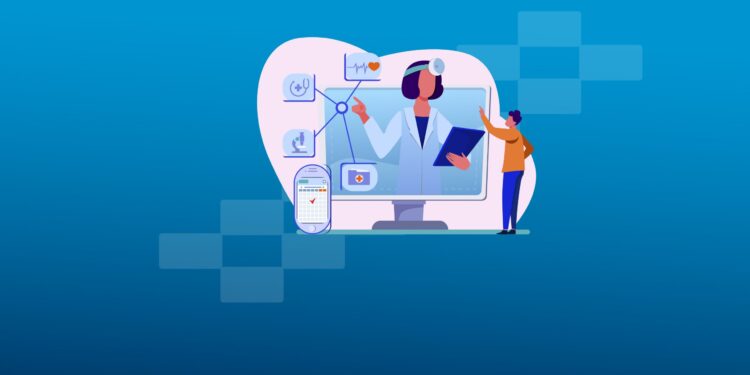We all know that technology plays a huge role in the advancement of society. And when it comes to the advancement of industries across the globe, without our technological developments, many countries would still be dealing with subpar living conditions.
In addition, medical technology advancement is critical to the health and well-being of people who suffer critical medical conditions across the world. But these developments, though positive in many ways, also come with negative consequences that can also cause suffering in many ways.
Without the latest healthcare software solutions development, many patients would be suffering much more than they already do. And even medical data may be compromised as well. But unfortunately, some medical device technologies may also cause suffering due to a variety of factors, often related to side effects or issues with manufacturing.
All in all, most medical devices do help patients in need. But some fail to deliver in many ways. Here, we’ll explore the pros and cons of medical device technology in use today.
Advantages of Medical Communication Technology
One of the main advantages of medical technology in 2022 is the developments in medical communication technology that is in use today. And one positive development that the COVID-19 pandemic proved to be highly effective was the use of telehealth or telemedicine.
Telemedicine allows a patient to receive care without the worry or hassle of going into a doctor’s office or having to visit a hospital. And during the pandemic, this was a major concern of many across the country.
With telemedicine technology, a physician can diagnose the most common illnesses, prescribe treatment plans and medication all via a remote application much like Zoom.
This offers the physician a broader reach when it comes to helping those in need within a local community. And it allows those who may not be able to visit a physician the ability to receive treatment in the comfort of their own home.
A few illnesses that telemedicine can help to treat are as follows:
- Asthma
- Chronic Bronchitis
- UTIs
- Lower back pain
- Rash
- Diabetes
- Hypertension
- Specific mental illnesses
- Conjunctivitis
Though the list above represents only a few conditions that can be treated via telemedicine, there are several others that typically won’t require an in-person visit to the doctor.
Disadvantages of Medical Device Technology
As mentioned, medical devices can be life-saving instruments that without, may shorten the life-expectancy of a patient in need of care. And though many medical devices provide adequate help and support, some have come under scrutiny in recent years.
CPAP
Continuous Positive Airway Pressure devices are used for those who have severe sleep apnea. And many of these devices do provide relief and safety for this condition. However, in recent years, Philips Respironics has recalled many of its most popular devices due to manufacturing issues.
Sound abatement foam from a Philips CPAP device may deteriorate and become inhaled or ingested by a patient. And when this occurs, serious health problems can complicate the health of a sleep apnea patient.
Invasive Devices
Over the years, medical devices have been developed and designed to be inserted into the human body. Some of these devices have included spinal cord stimulators which have caused permanent paralysis in patients who were already suffering from severe back injuries.
Anytime a device is surgically implanted into a patient’s body, the risk is elevated for internal infection and for complications due to device malfunction. History has also shown the problems with pacemakers, urinary catheters, and endotracheal tubes which are all prone to malfunction and may also cause severe infections.
Going Forward with Medical Technology
Medical technology is not slowing down when it comes to development. And many patients are thankful for these devices which can, and often do, ease suffering to a certain degree. However, if medical device technology were to make testing and trials more effective, the problems with devices and the complications that can occur would likely be mitigated.
Today, many devices are being incorporated with AI technology and being tied in with other IoT technology to make them more convenient and effective for both patient use and data collection. But without safeguards in place or extensive trials to perfect the use of these devices, one can only surmise that some complications will arise.
At the end of the day, medical devices do help patients in many ways. But all patients should be cautious and understand that complications do occur because of the use of some of these devices.











